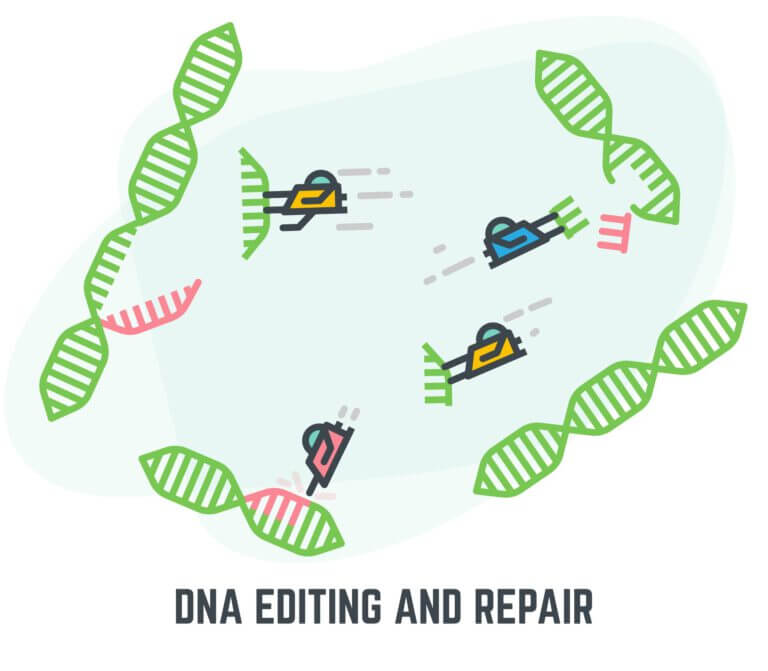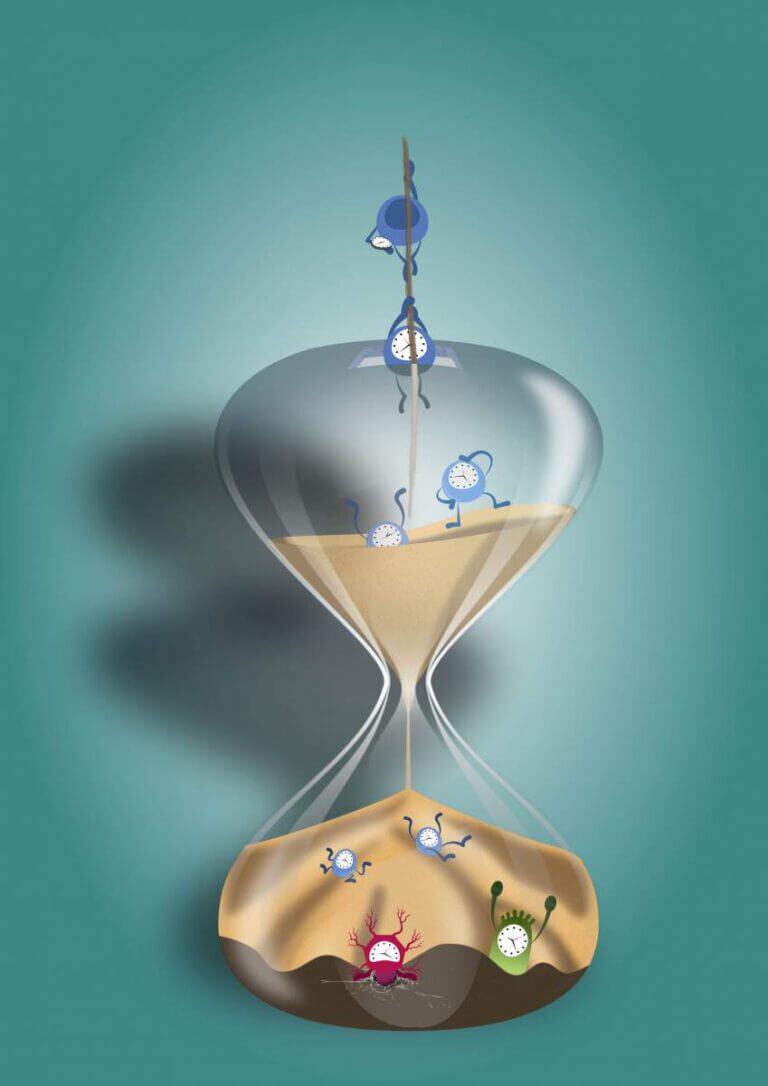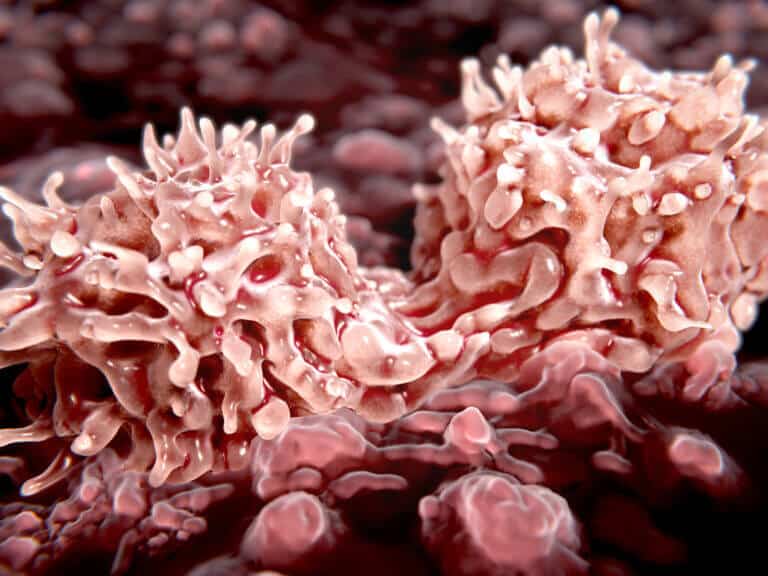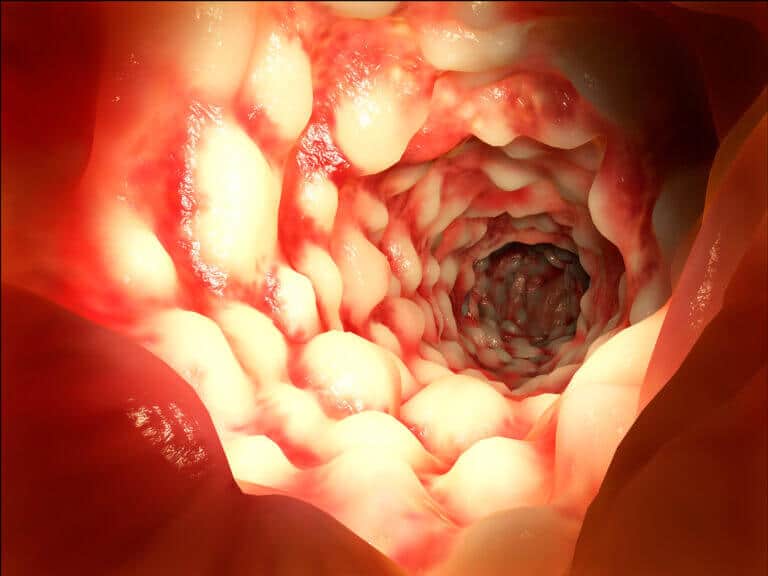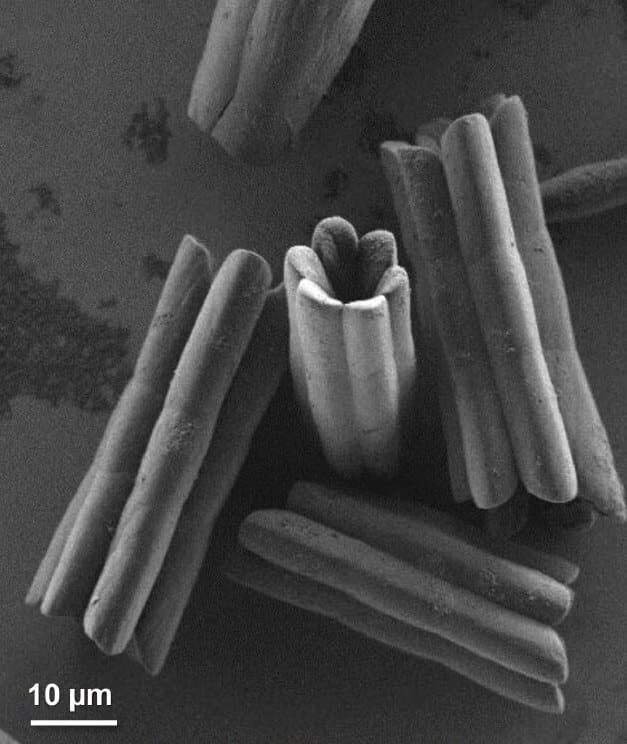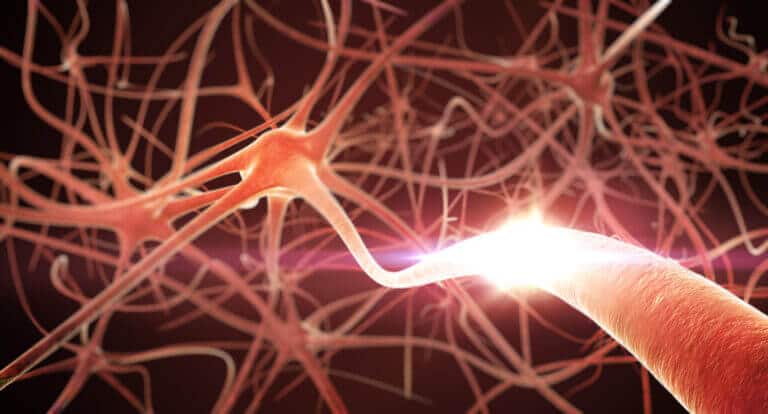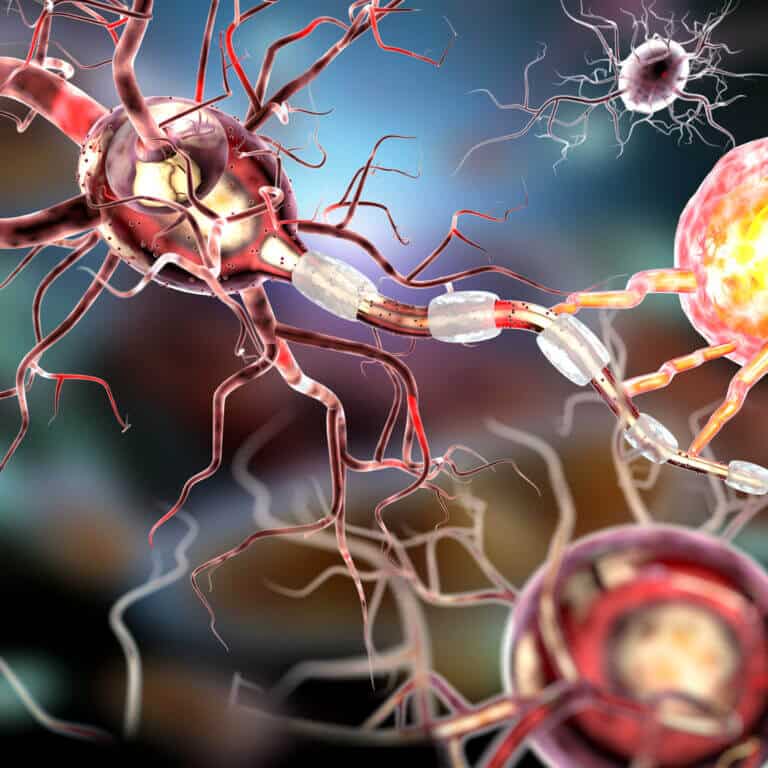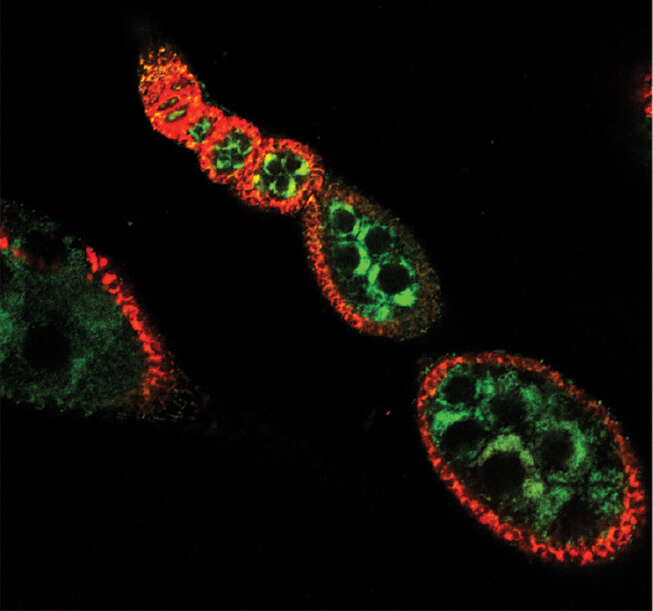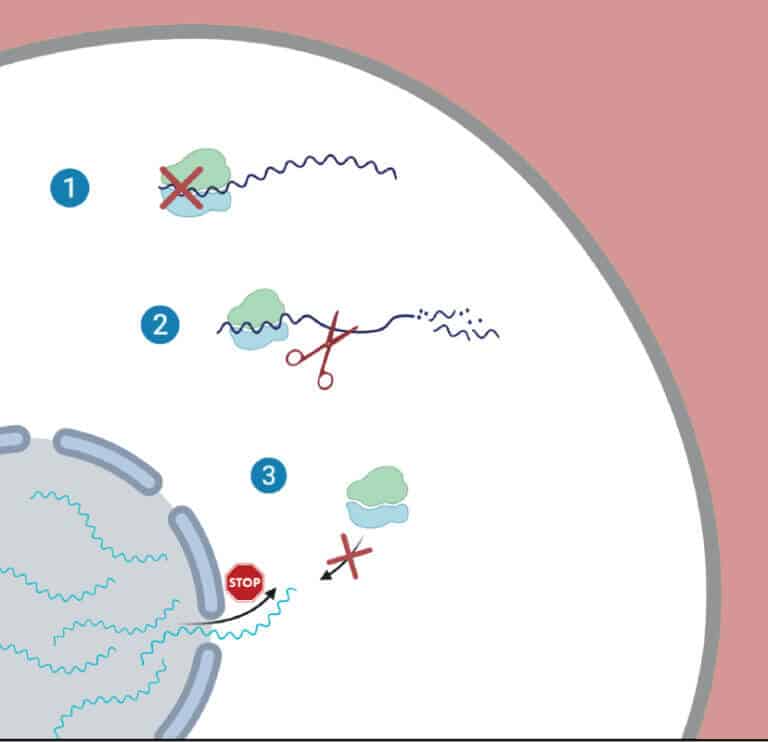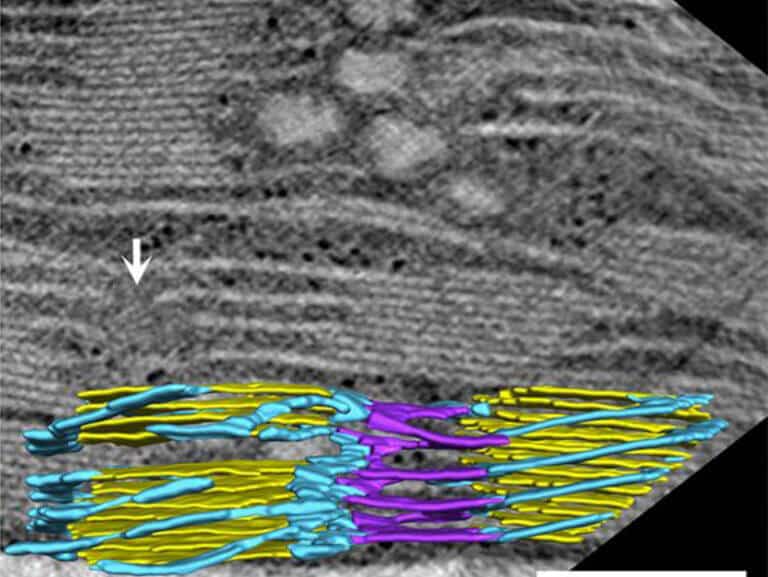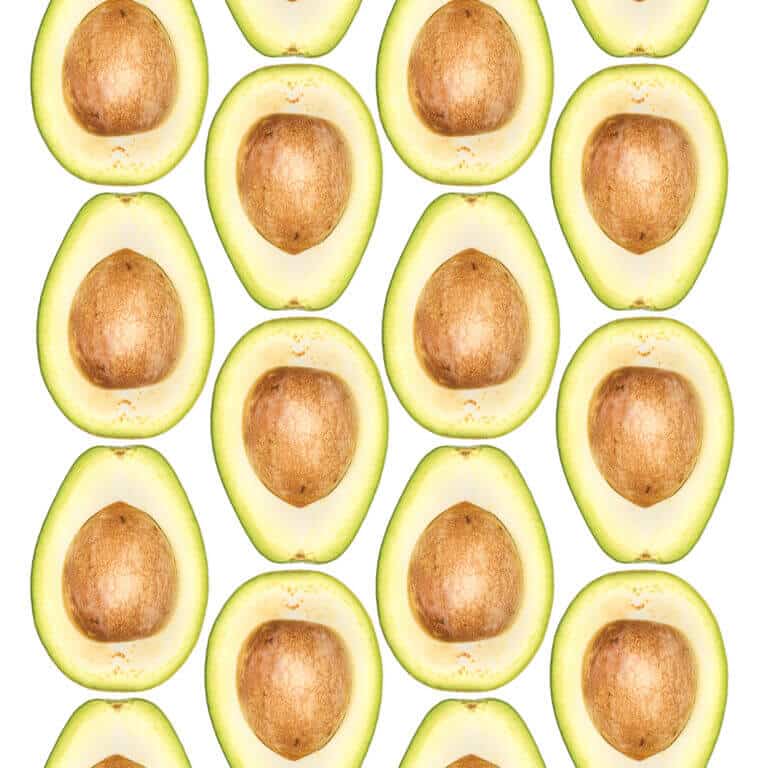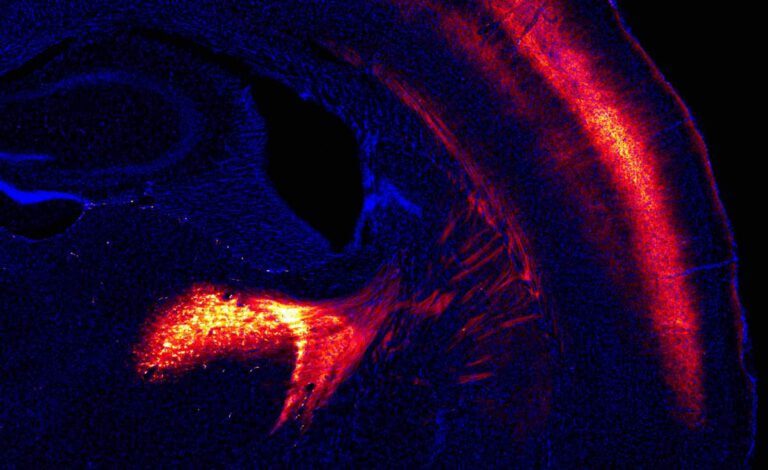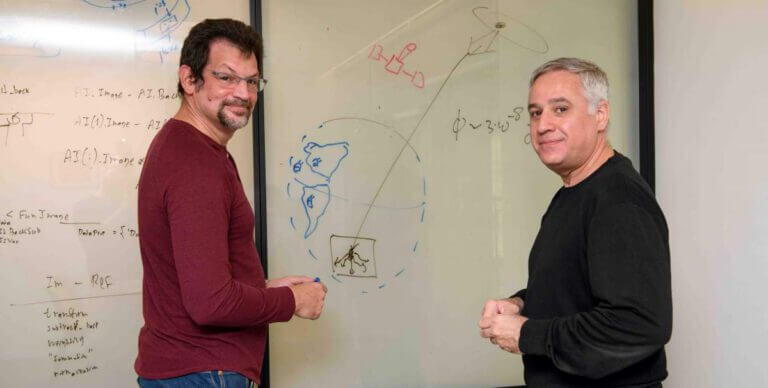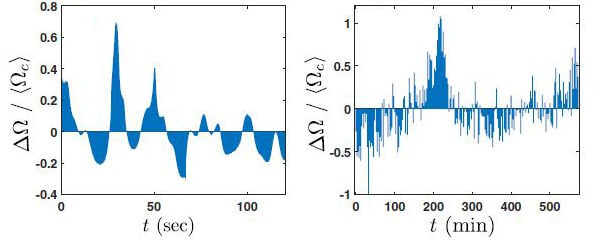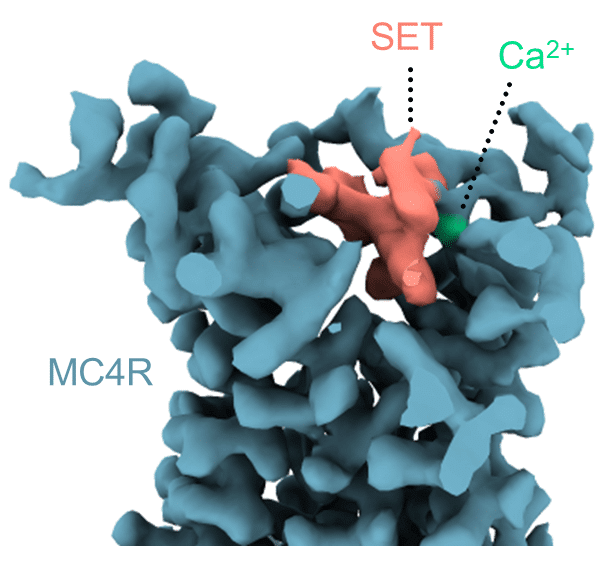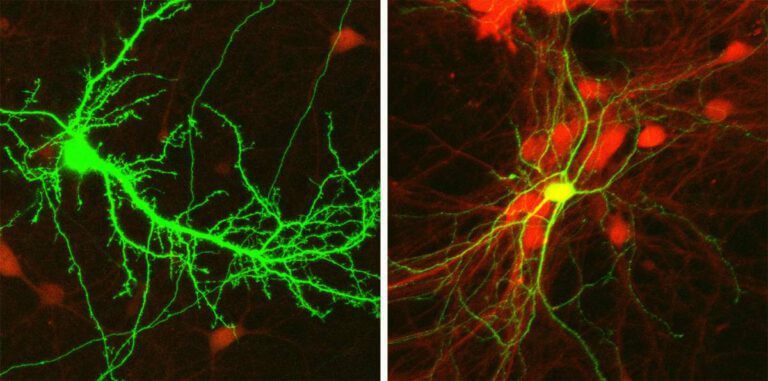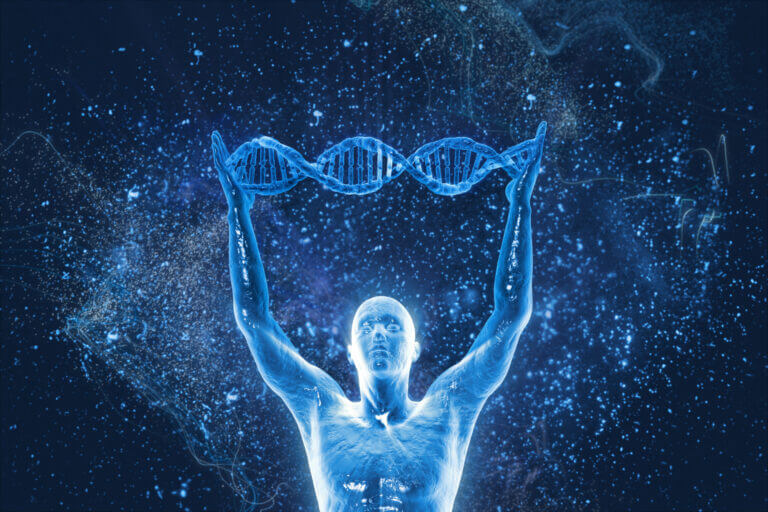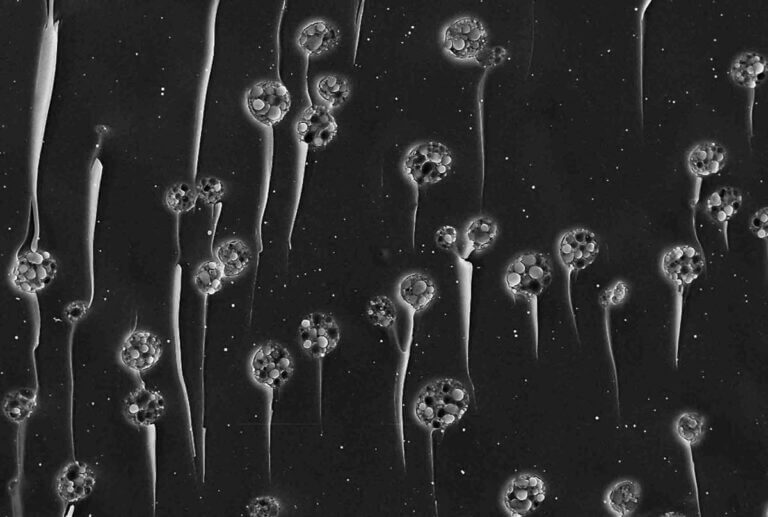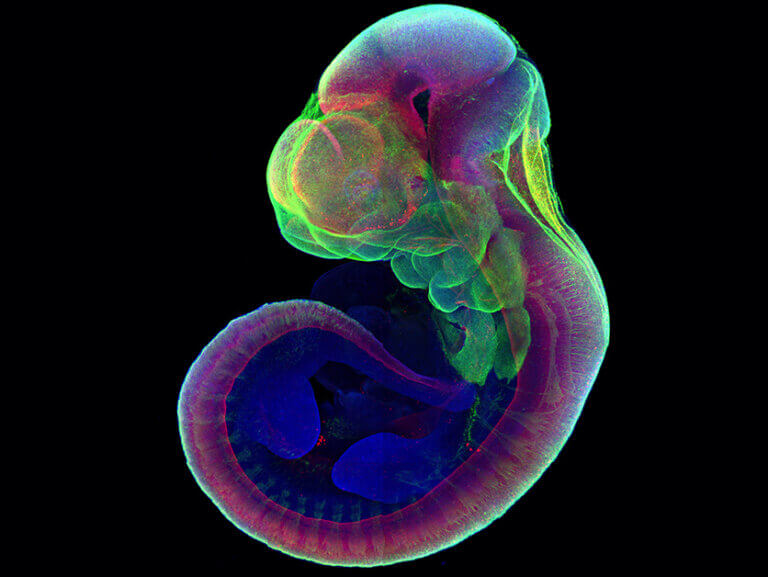Hayadan > Weizmann Institute Archives > Page 6
Weizmann Institute
- Weizmann Institute
- August 4, 2021
A natural editing mechanism of RNA molecules may make it possible to cure genetic diseases
- Weizmann Institute
- August 1, 2021
The wonderful world where the first embryonic cells are formed is now more accessible to us than ever before
- Weizmann Institute
- July 25, 2021
A discovery by the institute's scientists may make it possible to increase the amount of stem cells in bone marrow transplants - and improve their chances of success
- Weizmann Institute
- July 19, 2021
They are powerful, they are the size of Australia and no one imagined them until a few years ago - what is the secret of the storms at the poles of the largest planet in the solar system?
- Weizmann Institute
- July 14, 2021
Changes in the intercellular texture may predict inflammatory bowel disease
- Weizmann Institute
- July 10, 2021
From the creator of yo-yo crystals, now comes the next generation - hollow crystals
- Weizmann Institute
- July 7, 2021
A new research approach makes it possible to document how the brain learns new rules
- Weizmann Institute
- June 25, 2021
Weizmann Institute of Science scientists have uncovered an unusual mechanism of cell death. The findings may lead to new treatments for various diseases
- Weizmann Institute
- June 19, 2021
Weizmann Institute scientists have revealed an effect of the gut bacteria on the body's systems mediated through the supply of essential compounds for energy production in the mitochondria
- Weizmann Institute
- June 3, 2021
Students trained at the Weizmann Institute won the gold and silver medals in the European Mathematics Olympiad for Girls
- Weizmann Institute
- June 3, 2021
The scientists of the Weizmann Institute of Science, in partnership with the scientists of the Biological Institute in Nes Ziona, revealed how a unique combination of three mechanisms allows the corona virus to escape the immune system
- Weizmann Institute
- May 31, 2021
A new neural code for navigating large spaces was revealed in the "bat tunnel" at the Weizmann Institute of Science
- Weizmann Institute
- May 29, 2021
How parking lot-like structures are organized that are used to transport substances within the cell
- Weizmann Institute
- May 24, 2021
Weizmann Institute of Science scientists have shown that the herbal supplement reduces anxiety levels in mice without significant side effects
- Weizmann Institute
- May 17, 2021
Weizmann Institute of Science scientists have developed a research tool that will shed new light on communication pathways between nerve cells in the brain
- Weizmann Institute
- May 3, 2021
- Weizmann Institute
- May 1, 2021
Is the origin of a particle that landed at the South Pole in a cosmic event 700 million years old?
- Weizmann Institute
- April 25, 2021
Scientists at the Weizmann Institute and the Technion have discovered clues to the existence of a slow regulatory mechanism in heart muscle cells designed to regulate the rhythm of their beats, and to ensure that it is as close as possible to a cycle of one beat per second
- Weizmann Institute
- April 18, 2021
Understanding the mechanism is expected to help in the development of new anti-obesity drugs
- Weizmann Institute
- April 15, 2021
Networks of nerve cells grown in the laboratory revealed a new regulatory mechanism that maintains a balance between activation and suppression of brain activity
- Weizmann Institute
- April 11, 2021
A new method makes it possible to locate points of similarity between gene control molecules of different species - from lizards to humans - and thus reveal essential sections that have been preserved throughout evolution
- Weizmann Institute
- March 25, 2021
Weizmann Institute scientists have created innovative materials inspired by the lubrication model of our joints. The result may be real news for the biomedical industry
- Weizmann Institute
- March 20, 2021
- Weizmann Institute
- March 18, 2021
For seven years, through trial and error, fine-tuning and repeated tests, in the laboratory of Prof. Hana, who specializes in embryonic stem cells, they developed a two-stage method that makes it possible to grow normal mouse embryos outside the womb from the initial stages of pregnancy in order to study the different stages of development of the embryo, Something that was not possible in mammals until now
- Weizmann Institute
- March 10, 2021

